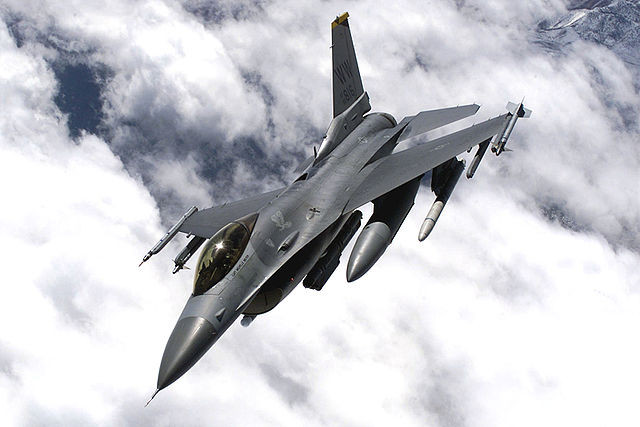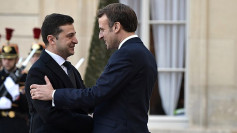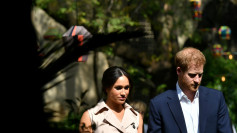Russian forces have reportedly made significant advances in Ukraine's incursion into Russia's Kursk region, a development that has reshaped the dynamics of the conflict in recent weeks. According to reports, Russian troops have pushed Ukrainian forces back in key areas, effectively neutralizing much of Kyiv's control over the salient in the Glushkovsky district. As the conflict enters its third month, both sides appear locked in a stalemate, with neither able to claim decisive victories.
The Institute for the Study of War (ISW), a Washington-based think tank, stated that Russian forces have almost entirely eliminated Ukraine's smaller salient in the region. Russian military bloggers have even suggested that Ukrainian forces have been surrounded in the villages of Lyubimovka and Tolsty Lug. However, ISW has not been able to independently confirm these claims. Ukrainian sources have contested the narrative, with Andrii Kovalenko of Ukraine's National Security and Defense Council asserting that Russia's offensive has been "thwarted so far."
Russia's offensive has been characterized by a series of mechanized assaults, with significant military resources committed to the Kursk front. Ukrainian open-source intelligence outlet DeepState UA noted that while the situation remains difficult for Ukrainian forces, it is still "under control." However, the outlet acknowledged that regaining full control over the area lost in recent days may take time as Kyiv focuses on stabilizing its defensive positions.
Russia's motivation for pushing Ukrainian forces out of Kursk is likely strategic, given the looming onset of autumn and winter, which will make maneuvering difficult in the region. The ISW suggests that Moscow is trying to exploit the dry terrain conditions to consolidate its gains before the weather turns, which would hinder the mobility of its forces and potentially entrench Ukrainian positions.
This back-and-forth in the Kursk region, located along Russia's western border, represents a significant development in the ongoing conflict. Ukraine's initial incursion into Russian territory in August was hailed as a bold move that surprised both Russian forces and international observers. At the time, Ukraine had captured approximately 500 square miles of territory in the Kursk oblast, marking the first time in the war that Kyiv had taken the fight across the border into Russia.
In the early stages of the operation, Ukrainian forces made considerable gains, embarrassing the Kremlin and demonstrating the vulnerability of Russian defenses. Analysts saw the move as a morale booster for Kyiv's forces and a message to Western allies that Ukraine could still take the initiative. However, in the weeks since, Ukraine's momentum has slowed, and Russia has mounted an increasingly aggressive counteroffensive.
Ukrainian forces still maintain a foothold in Kursk, although their territorial control has diminished from its initial high point. Dmytro, a Ukrainian battalion commander with the call sign "Kholod," told CNN that Russian advances have mostly occurred along the flanks of Ukraine's foothold. "They keep trying to advance, but the gains are incremental," Kholod said. "We also counterattack and push them back." He also noted the intense nature of the fighting, with Russian forces utilizing drones, artillery, and aerial bombers.
Despite Russia's efforts to retake Kursk, the broader conflict remains focused on eastern Ukraine, particularly the Donetsk and Zaporizhzhia regions, where intense battles continue. Ukraine has made it clear that its primary focus remains on defending key frontlines, including strategic cities like Pokrovsk. The Kursk operation, while symbolically important, has not shifted the overall trajectory of the war.
Russia's response to the Ukrainian incursion has been a mix of military action and rhetorical downplaying. Analysts argue that Vladimir Putin is attempting to minimize the significance of Ukraine's operation in Kursk, referring to it as a "raid" and characterizing Russia's response as a "counterterrorism mission." This is likely part of a broader strategy to avoid diverting critical resources from the eastern frontlines, where Moscow's forces are engaged in battles to maintain control over key parts of Ukraine.
John Lough, an associate fellow at Chatham House's Russia and Eurasia Program, said that the Kremlin has downplayed the seriousness of the Kursk incursion to manage domestic perception of the war. "The strategy is to distract the population from what's happened, which is undoubtedly a major embarrassment," Lough told reporters. Despite this, the situation on the ground remains fluid, and Russia's continued efforts in Kursk suggest that it is not yet willing to concede the territory to Ukraine.
Moscow has deployed an estimated 40,000 troops to the Kursk region, though initial reinforcements were described as hastily assembled conscripts and reservists. According to military analyst Mark Galeotti, these early forces were "built from wherever they could find," likening the effort to "scramping around your sofa cushions to find some small change." As the fighting has intensified, Russia has bolstered its presence in the area with more experienced troops, though the overall level of resources committed to Kursk remains limited compared to other battlefronts.
As the conflict drags on, Ukraine's incursion into Kursk could still play a strategic role in the broader context of the war. Analysts have suggested that the territory Ukraine holds in Kursk might be used as a bargaining chip in future negotiations. "By taking this territory, they immediately ruled out the possibility of both the Russians and the Western allies saying, 'Now it's time to stop. Let's have a ceasefire,'" Lough said.






